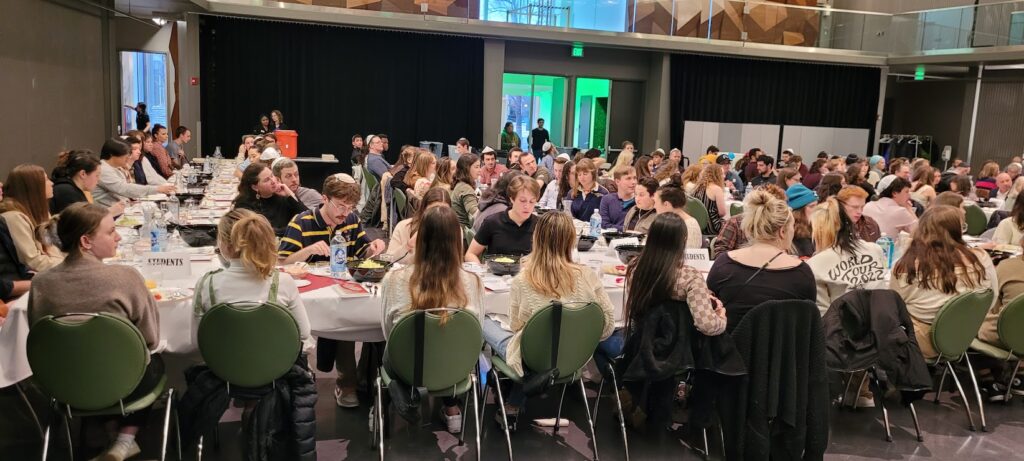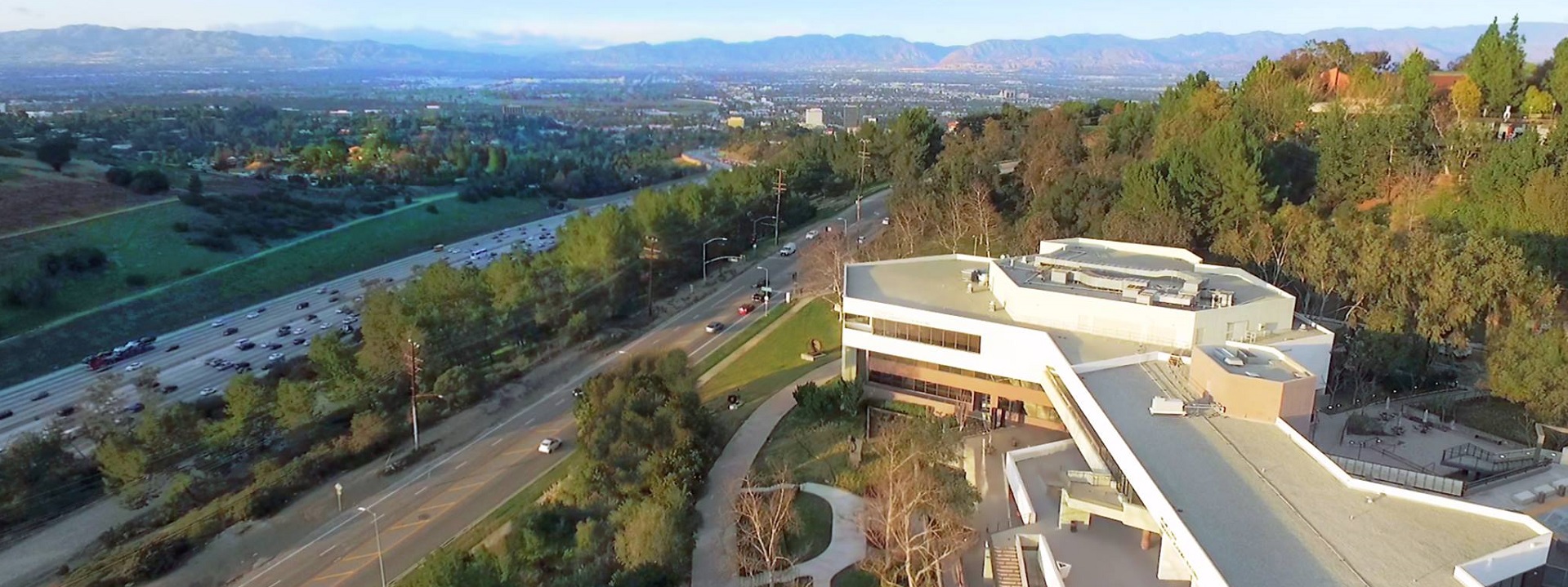Braised Red Cabbage
- Home Page 28

Michigan Comma Club: $25B
This content is accessible to paid subscribers. To view it please enter your password below or send mike@standardsmichigan.com a request for subscription details.
10 Tampa Bay
Lakeland Florida high school offers free clothes and laundry facilities. Expansion of this concept to Saturdays for all students in the district would contribute to greater utilization of square footage that is normally unused. It may also lower energy cost and contribute to “family feeling” in the district.
Schools install laundry facilities to help students in need, improve attendance
I was admiring my gran’s sewing machine today. I think it was probably her mother’s. Amazing that a mass-produced tool was made to look like *this*. pic.twitter.com/fiT5NxtzNA
— Peter Ross (@PeterAlanRoss) September 26, 2024
The 98th commencement ceremony for H.B. Plant High School celebrates the remarkable graduating class of 2025!
🎓 “Your dedication, perseverance, and willingness to give your all have brought you to this moment. As you move forward, embrace every opportunity with the same spirit… pic.twitter.com/oJ9K1NSgeG
— Hillsborough Schools (@HillsboroughSch) May 24, 2025
“Washing Day” 1885 John Williams Waterhousehttps://t.co/xECh8y6kCbhttps://t.co/NsIhHF46RKhttps://t.co/jXZaRdSsbf pic.twitter.com/GzG85BmLGb
— Standards Michigan (@StandardsMich) July 15, 2023
Sinterklaas Koffie
Nederland | Koninklijk Nederlands Normalisatie Instituut | NEN 1010 (IEC 60364)
Tomorrow Sinterklaas will arrive in the Netherlands from his home in Spain, bringing presents and special treats for children. Learn more about the celebrations to welcome his arrival in #Amsterdam and this amazing Dutch holiday: https://t.co/Guioc6M5Zi pic.twitter.com/6HYoMrPNnO
— I amsterdam (@Iamsterdam) November 16, 2019
Readings:
The Heritage Foundation: Interview with Dutch Scholars on Marriage
Sufganiyot in a Minute
Sufganiyot (plural), sufganiyah (singular); are a type of deep-fried doughnut that is traditionally eaten by Jewish people during Hanukkah, along with other fried foods, to commemorate the miracle of the oil in the Temple. They are typically round and filled with jelly or other sweet fillings, and they are often dusted with powdered sugar. Sufganiyot are deep-fried until they are golden brown and have a light, fluffy texture.
✨ Wishing you a very happy Hannukah from all of us at AJU! May your holiday be filled with peace, joy, and light. Hanukkah Sameach! 🕎 pic.twitter.com/i1nxcmwPVf
— American Jewish University (@AmericanJewishU) December 25, 2024
The practice of eating fried foods during Hanukkah is a symbolic way of celebrating the miracle of the oil, where a small amount of oil miraculously lasted for eight days in the rededication of the Temple in Jerusalem.
Gingerbread Latte
Davenport University Dining | Kent County Michiganhttps://t.co/EhJHcY3eh6https://t.co/C9ommPbsge@DavenportUhttps://t.co/RpHbzBa1gQ pic.twitter.com/poVvpXPjIu
— Standards Michigan (@StandardsMich) December 18, 2023
ProPublica Nonprofit Explorer: Davenport University, Kent County Michigan
Davenport University Facilities
Across our campuses, Davenport is spreading holiday cheer! ❤️ From food drives to toy collections and volunteer events, our students, faculty, and staff are giving back and making a difference this season. 🎄🌟 Learn more here: https://t.co/MT6VjVN2XU pic.twitter.com/ALgbVcxTjr
— davenportu (@DavenportU) December 17, 2024
Self Reliance: Ralph Waldo Emerson
“Self-Reliance” by Ralph Waldo Emerson is an essay that emphasizes individualism, nonconformity, and the importance of trusting one’s own instincts. Here are some passages from this influential accomplishment that informs American culture:
“Trust thyself: every heart vibrates to that iron string.”
” A foolish consistency is the hobgoblin of little minds, adored by little statesmen and philosophers and divines.”
“To be great is to be misunderstood.”
“Whoso would be a man must be a nonconformist.”
“Nothing can bring you peace but yourself. Nothing can bring you peace but the triumph of principles.”
These excerpts capture the essence of Emerson’s philosophy in “Self-Reliance,” promoting the idea of individualism, self-trust, and the pursuit of one’s unique path in life.
We have avoided listing interpretations offered by artificial intelligence algorithms because those algorithms are informed by at least one-hundred years of biased interpretation by scholars funded by the US federal government which has long since grown hostile to individualism; worthy coffee-house debate. We recommend you consult the original text, linked above.
💉✨ Choose your pathway to nursing success! Davenport’s BSN program offers flexible admission options, no waitlists, and three years of hands-on learning. Apply now! https://t.co/nJB6eNMhBs
Read more about DU’s BSN program here: https://t.co/tqz2Dvyn4A pic.twitter.com/TDYHiIKtc4
— davenportu (@DavenportU) November 18, 2024
Morning Breakfast
This content is accessible to paid subscribers. To view it please enter your password below or send mike@standardsmichigan.com a request for subscription details.
Best Coffee Spots in Cardiff
Standards Wales | British Standards Institution | ISO Coffee Standards
Annual Report and Financial Statements 2024
Take the next step in your career and join one of the UK’s most innovative and successful universities.
💷 Competitive salaries
🧳 Generous leave entitlement
🏠 Hybrid working
🏦 Staff pension
📚 Development opportunities. pic.twitter.com/ePIomFWxS6— Cardiff University (@cardiffuni) October 3, 2024
Our Interior Design students have developed concepts for a key area of a new building on the University’s Treforest Campus. 🧵https://t.co/OXh5BcBSdC pic.twitter.com/KvGd0gjLtT
— University of South Wales (@UniSouthWales) April 8, 2025
New update alert! The 2022 update to the Trademark Assignment Dataset is now available online. Find 1.29 million trademark assignments, involving 2.28 million unique trademark properties issued by the USPTO between March 1952 and January 2023: https://t.co/njrDAbSpwB pic.twitter.com/GkAXrHoQ9T
— USPTO (@uspto) July 13, 2023
Standards Michigan Group, LLC
2723 South State Street | Suite 150
Ann Arbor, MI 48104 USA
888-746-3670





















